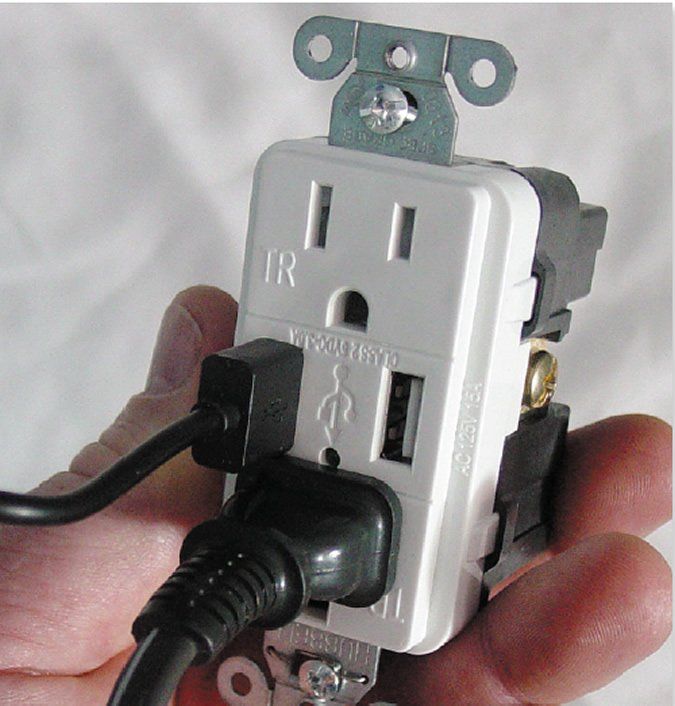It always happens. Youre ready to embark on your first overnight cruise of the summer; you flick on the masthead light, and . . . nothing.
Even if you don’t plan a full-time career as a rigger, youll want some way of getting aloft for repairs or emergencies. We recently had the opportunity to try a chair made by the Connecticut-based sailmaker Hathaway, Reiser, & Raymond, makers of the Galerider drogue. The chair, which was designed by professional riggers who spend hours aloft each day, is constructed of heavily reinforced Dacron that can be adjusted to fit snugly around the thighs. A thick, adjustable webbing strap supports the back, and a safety tether and heavy-duty snap-hook are stitched onto the lifting ring. Velcro pockets on either side hold tools.
As we noted in our bosuns chair tests (see PS June 2010 online), these harness-type bosun chairs are more comfortable than the conventional swing-type seats, making them a good choice for riggers or anyone who spends more than a few sweaty moments high off the deck. They also bring you closer to the top of the mast-and cost a fair bit more money. The Hathaway, Reiser, & Raymond chair retails for $495. The Best Choice in our most recent bosuns chair test was a modified tree-climbers harness designed by renowned rigger Brion Toss (www.briontoss.com), which retailed for $400. Chairs of this echelon, in our opinion, are principally for professionals who make their living climbing masts or long-term cruisers, who will undoubtedly find plenty of reasons to go aloft along the way.
If you are in the market for a bosuns chair, are fairly limber, and do a lot of solo sailing, you will also want to explore some of the climbing products weve profiled in the past. Remember to always secure a bosun chair with a tether; don’t just trust the halyard.
Photo by Frank Lanier

If theres one problem modern cruisers face that wasnt on the lookout list a decade ago, it would have to be where to charge the plethora of portable devices that have made themselves so indispensable. There never seems to be enough outlets onboard to go around, but one new product was designed to address the issue: the Hubbell USB Charger Receptacle. Designed to work with digital tablets, smartphones, MP3 players, and all of Apples iThingees, the USB Charger Receptacle combines two USB Type 2.0 Ports (3 amp, 5 volts DC) and two 15-amp, 125-volt AC Duplex receptacles in one standard, single-gang electrical opening.
We swapped out a couple of the existing AC outlets on one of our test boats to give the Hubbell a try. The Hubbell USB receptacle has the same footprint of a typical square-faced receptacle, making installation straightforward. The outlet also features a Green LED indicator to show that USB power is available.
The downsides: Some of the traditional AC outlets on our 70s vintage test boat were slightly narrower, meaning we had to do a little additional trim work in order to get them to fit. Not a huge deal, but the Hubbell plug itself is fairly large (especially as compared to older plugs) so width and depth of an existing outlet is something to be aware of.
The outlet accepts two standard plugs without obstructing USB port access, however, larger or bulkier plugs could be an issue. Weve heard reports that USB charge rate is also a bit slower than the regular USB AC adaptor, but we havent noticed this so far. The AC outlets are also tamper-resistant, which means it takes a little more force to push your plugs into the outlet, but nothing unreasonable.
It took only a few days before testers truly appreciated the convenience of the Hubbell outlets. They greatly increased charging options and eliminated the need for crew to find (or fight over) AC to USB adaptors. At $25, the receptacles are more expensive than standard outlets, but very reasonable when you consider they erase the need for multiple adapter cords or plugs.





































